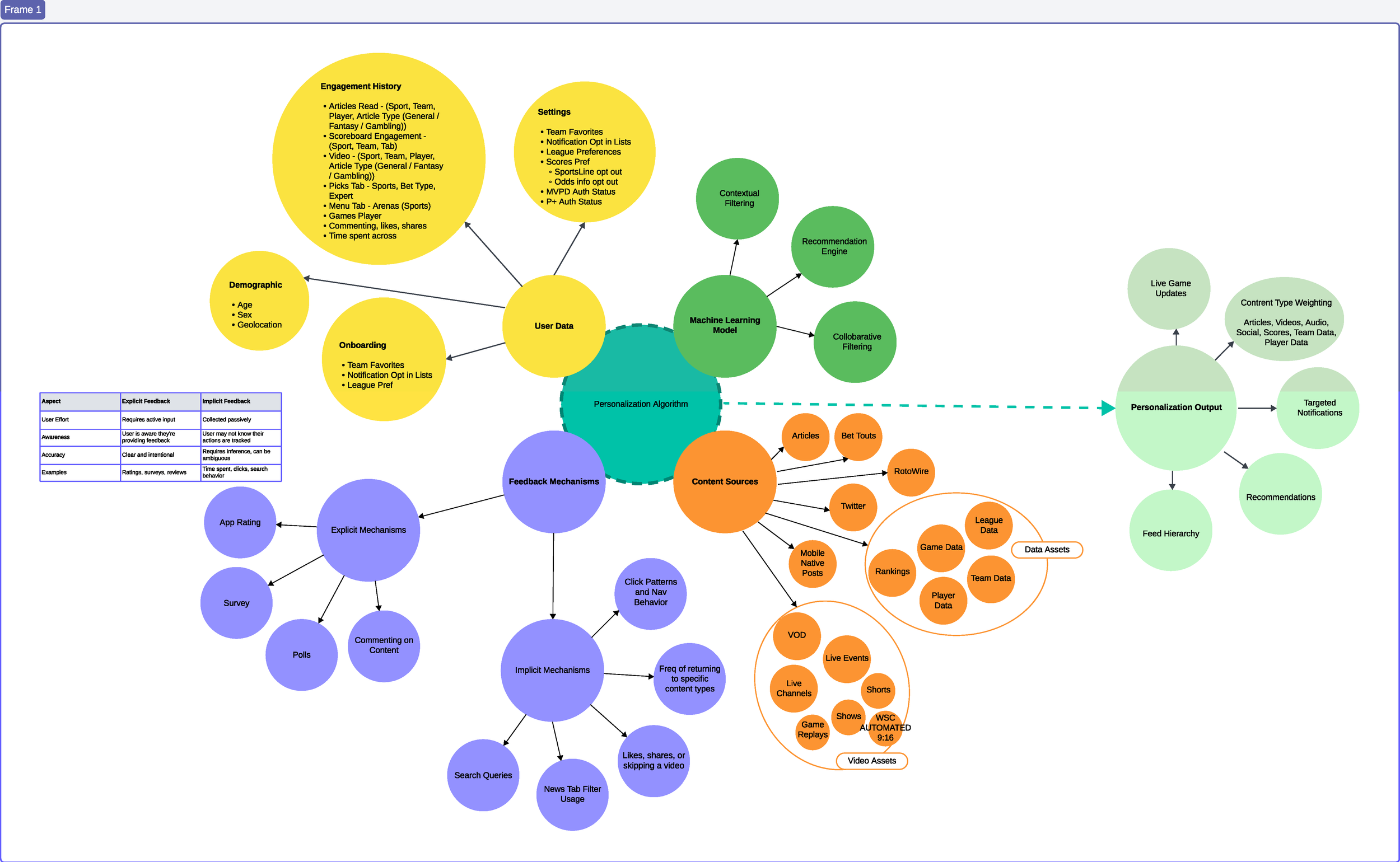PRODUCT MANAGEMENT & STRATEGY WORKModernizing AOL.com for a mobile-first audience
A platform simplification and responsive redesign that replaced hundreds of brittle variations with a single, scalable experience—and unlocked faster iteration and growth.
Role
Principal Product Manager
Industry
Digital Media
Duration
12 Months
Services
Product Strategy, Product Execution, , Experience Audit, Responsive Web Design, Platform Consolidation, A/B Testing, Go To Market Strategy, and UX Leadership
Deliverables / Platform
Web and Mobile Web
The Challenge
AOL.com had grown into a sprawling ecosystem. Years of partner and co-branded portals—Verizon.aol.com, Microsoft.aol.com, and many more—led to roughly 420 live homepage instances, each duplicated for mobile under a separate “.mweb” codebase. The result: routine updates took 60 to 90 days to deploy, experimentation stalled, and the team could not move at the pace of the market.
Our goal was straightforward and ambitious:
Redesign AOL.com as a single responsive experience so it scales across devices without a separate mweb layer.
Consolidate and decommission low-value portals to reduce operational drag and enable frequent, iterative releases.
Our Approach
1) Experience audit and rationalization
We inventoried portals and templates, scored them by usage, revenue, brand value, and maintenance cost, then decommissioned 100+ portals that no longer justified their operational load.
2) One codebase, one instance
We retired the mweb codebase and rebuilt the front end as a responsive system. This removed redundant paths, reduced divergence, and unified analytics and testing.
3) Navigation, layout, and content model refresh
We introduced a flexible content grid, simplified navigation, and rebuilt ad and video placements to perform across breakpoints without one-off exceptions.
4) Delivery rhythm and instrumentation
We switched to smaller, testable increments with clear metrics, enabling weekly improvements rather than quarterly drops.
The Solution
The refactor delivered a single responsive AOL.com that works elegantly on phones, tablets, and desktop—no parallel mobile site, no duplicated templates, and a vastly simpler release pipeline. Editorial teams gained consistent modules and predictable placement. Engineering eliminated a large class of one-off fixes. Product regained the ability to test and learn quickly.
Key platform outcomes included eliminating the .mweb codebase and reducing the massive instance count, which directly enabled faster iteration and quality improvements.
The Results
The Takeaway
Platform sprawl kills velocity. By collapsing AOL.com into a single responsive experience and retiring low-value portals, we traded complexity for clarity. The team moved from slow, risky releases to a steady cadence of measurable improvements—and the audience responded with deeper engagement and stronger monetization.
AOL taught me what it truly means to deliver software at scale. The scale of their traffic, the complexity of their development operations, and the pace of their publishing cycle were immense. It was an absolute privilege to contribute to one of the foundational brands that helped start the digital revolution.
Christopher Hrynczyszyn
Let’s design your next success story.
We help organizations modernize digital products that inspire loyalty, deliver measurable outcomes, and scale beautifully.


















